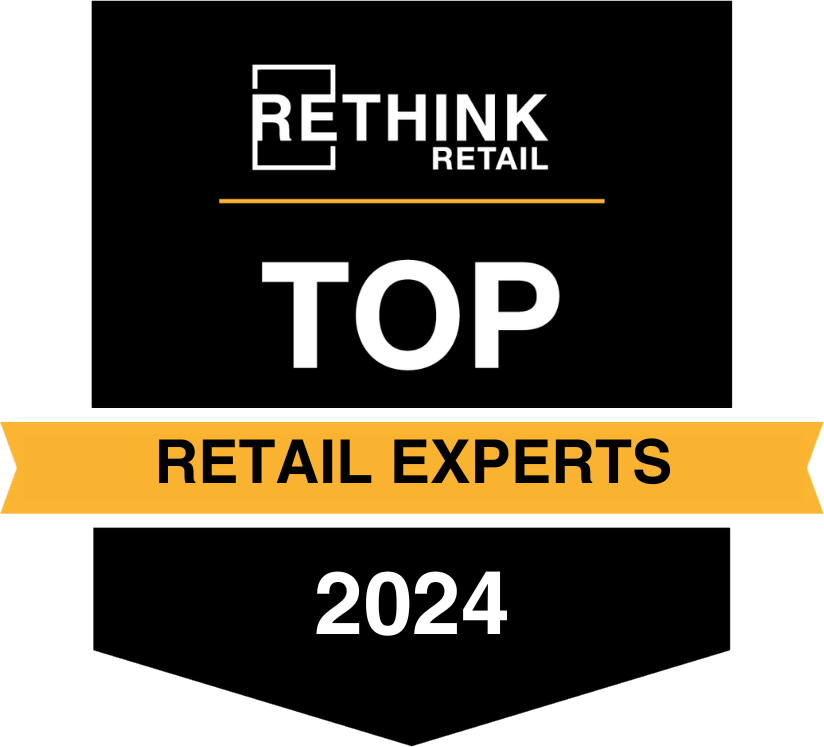"Retail IT is being transformed. CIOs are shifting from proprietary systems to package solutions and from an emphasis on cost  reduction to a solid bump in IT capital spending. A strong customer focus means CIOs are fixing their attention on channel integration and analytics that will help them spot and anticipate shopper preferences more quickly." (5) - NRF Stores Magazine, April 2013
reduction to a solid bump in IT capital spending. A strong customer focus means CIOs are fixing their attention on channel integration and analytics that will help them spot and anticipate shopper preferences more quickly." (5) - NRF Stores Magazine, April 2013
A recent report from the Centre of Retail Research "Changing Retail, Changing Loss Prevention (LP) (1) " brought to mind the ever expanding set of pain points that retailers are facing today:
- The latest GRTB report found in the 43 countries surveyed total shrinkage losses of $119 Billion or $185.44 per family each year. 78.2% of retail shrinkage is caused by shoplifting and employee theft. (1)
- In 2011, merchants reported losing an average of 1% of total online revenue to fraud. For North America, this translated to $3.4 Billion, a $700 Million increase over 2010. (2)
- According to NRF's 2012 Return Fraud Survey of 60 USA retailers, the industry lost $8.9 Billion to fraudulent returns. For the 2012 retail holiday season, total refund losses were predicted to be $2.9 Billion or 4.6% of all holiday returns. (3)
- Retailers lose $818 Billion annually due to out of stocks and deeply discounted overstocks according to a report issued by IHL in 2012. 56% of the losses are from out of stocks. Worldwide, nearly $1.5 Trillion of merchandise annually is in an overstock position that creates losses in retail revenue. Total losses are increasing $50 Billion per year as emerging economies expand and join organized retail practices. (4)
Retailers are facing above loss headwinds in an environment that is even less forgiving to making investments in technology solutions that do not provide the appropriate timely ROI (Return on Investment). Digital evolution of brick & mortar business models, globalization, showrooming, and mobile are examples of what else is on the mind of retail executives. How does one balance investments in new technologies while taking care of the fundamentals reflected in above list of retail losses? How does one focus on the most important solution elements that will deliver a direct contribution to the company's bottom line?
From a loss prevention point of view following are six key factors to improve the odds of successfully deploying new technologies to address above retail challenges:
- As a loss prevention professional, your first mission is to understand the state of your particular company. What are the fundamentals that made the company successful? What elements of the business models are changing because of internal and external forces? What general technology investments is the company making to transition to the future? Are your LP investments supporting the core foundational elements of the future transition? It is imperative we understand where we are, the problem we are trying to address and more importantly invest in technologies that have future migration where the company is evolving to. Counter short term investments will only raise red flags and if they do not have an immediate impact will adversely exclude loss prevention from a seat in setting the new direction for the company.
- The hard benefits to your investments -- those that directly impact the bottom line -- should be the primary drivers to evaluating new technologies. The current global economic environment requires direct contribution from all departments in ensuring the health of the overall company. It may be short term thinking, but missing your targets, because you are focused on the soft benefits of the solution, will be detrimental to your career.
- Picking the right partner company in your new technology venture is becoming even more critical. As technology is getting more complex, it is very challenging to get into the details of exactly what is under the covers of the solution you are trying to deploy. Is it the latest technology? Does it have a migration path to your next problem you are trying to solve? While the basics of the technology under evaluation are important, even more critical today is the financial health and the technology roadmap of your selected industry partner.
- References and scale of your technology partner are two important elements that need to carry substantial criteria weight in the selection of any new solution. To minimize risk pick a partner that has clear references of successful transformation technology journeys and ensure they have capabilities that scale to your company size. If you are a global retailer, can that technology partner scale with you in every country you are currently in (or planning to expand to)?
- Successful LP executives understand that new technology selection can no longer take place in department silos. What used to be a pure loss prevention technology now has implications in other parts of the company. Infrastructure investments even in LP must be a team effort with other key departments such as operations, information technology, and even marketing participating in the selection process.
- Above list of retail industry challenges ultimately will be solved by new emerging concepts such as Big Data. LP technologies such as video which through video analytics becomes a data gathering tool will contribute to the solutions. Even EAS converging with RFID will lead to smarter loss prevention models that address several of the problems above. The future will be about selecting the correct base technologies and then integrating them into smarter collaborative solutions. As pointed out by this month's NRF Stores Magazine, CIOs are shifting investment priorities to infrastructure and integration. (5) Integration for the sake of integration typically fails as a strategy, if it is pursued in isolation of the problem it is trying to solve. Integration that at every layer focuses on the data being generated and through linkages transforms the raw reports into exception analytics to drive faster business decisions succeeds.
Aggressive risk taking with a heavy emphasis on technology can pay off in retail. Positive examples include Apple with their interactive retailer stores, Amazon with their ever growing online store, and Macy's with RFID. New technologies are emerging that will address multiple of the above retail industry pain points. Convergence between loss prevention and information systems technologies leads to new opportunities for the traditional security department to more aggressively drive overall retail profitability through improved customer experiences. Through new technologies, retail IT and loss prevention are being transformed.

(1) http://ow.ly/kfrSj (2) http://ow.ly/kfss9 (3) http://ow.ly/kft4c (4) http://ow.ly/kftfu (5) http://ow.ly/kfKAv (6) Image from http://ow.ly/kfLX5
















